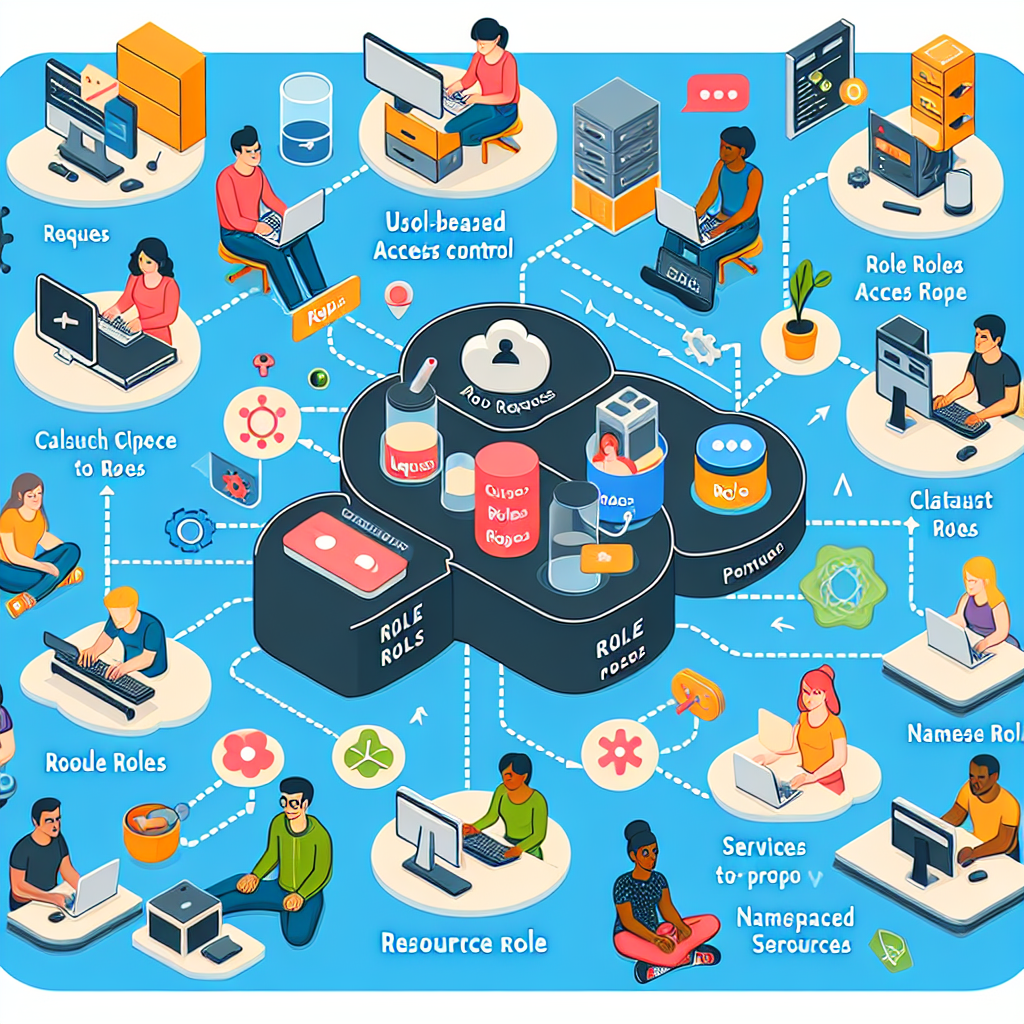Exploring Melbourne - A Vibrant Journey Through Australia's Cultural Capital

I am currently in a business trip in Melbourne for a few weeks. Nestled on the southeastern coast of Australia, Melbourne stands as a captivating city that effortlessly blends history, art, culture, and culinary delights. With its diverse neighborhoods, iconic landmarks, and a bustling arts scene, Melbourne offers travelers an unforgettable experience. Whether you're a foodie, an art enthusiast, or a nature lover, this vibrant metropolis has something to offer everyone. Join us as we embark on a virtual journey through Melbourne, unearthing its hidden gems and iconic attractions.
1. A Cultural Kaleidoscope
Melbourne is a melting pot of cultures, evident in its vibrant laneways adorned with colorful street art and its dynamic culinary scene. Start your adventure by exploring the famous Hosier Lane, a haven for street art lovers, where walls are transformed into canvases of creativity. Indulge your taste buds in the lively Queen Victoria Market, where you can savor fresh produce, local delicacies, and diverse international cuisines. Don't miss a visit to Chinatown, where you can delve into Asian flavors and experience the bustling ambiance of this cultural enclave.
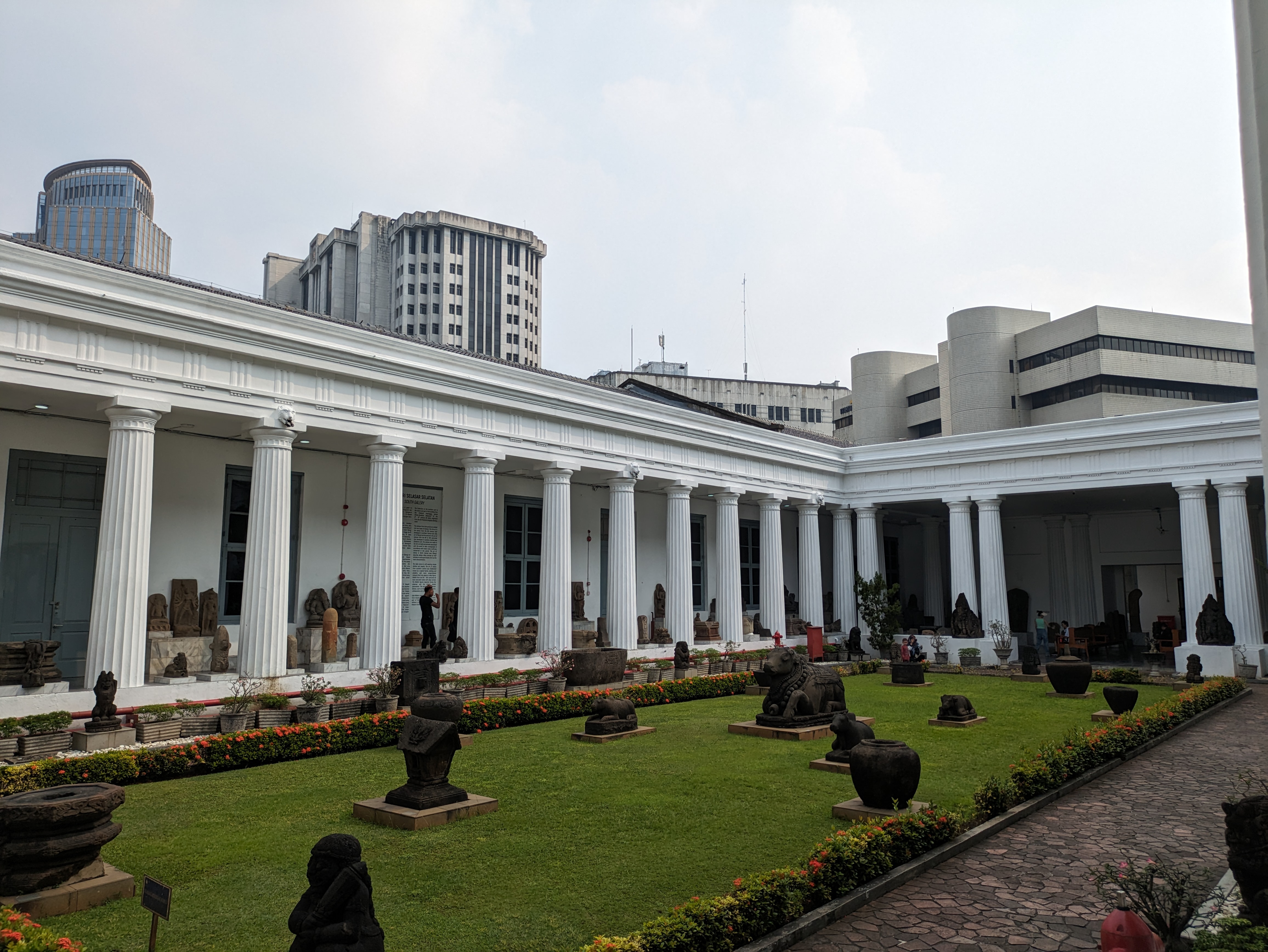
2. Iconic Landmarks
No visit to Melbourne is complete without immersing yourself in its iconic landmarks. Begin with a trip to Federation Square, a bustling hub of art, culture, and events. Marvel at the architectural wonder of Flinders Street Station, an emblematic symbol of the city. Take a stroll along the Yarra River and cross the Princes Bridge to reach the picturesque Royal Botanic Gardens, an oasis of tranquility amidst the urban landscape. Ascend to the dizzying heights of the Eureka Skydeck for breathtaking panoramic views of the city.

3. Arts and Entertainment
Melbourne's thriving arts scene is renowned worldwide, boasting an array of galleries, theaters, and live performances. Art aficionados must visit the National Gallery of Victoria (NGV), the oldest and most extensive public art museum in Australia, showcasing a vast collection of local and international artworks. Catch a captivating live performance at the iconic Arts Centre Melbourne, a cultural hub that hosts a range of theater, music, and dance productions. For a touch of grandeur, attend a show at the historic Princess Theatre, home to long-running musicals and stage plays.
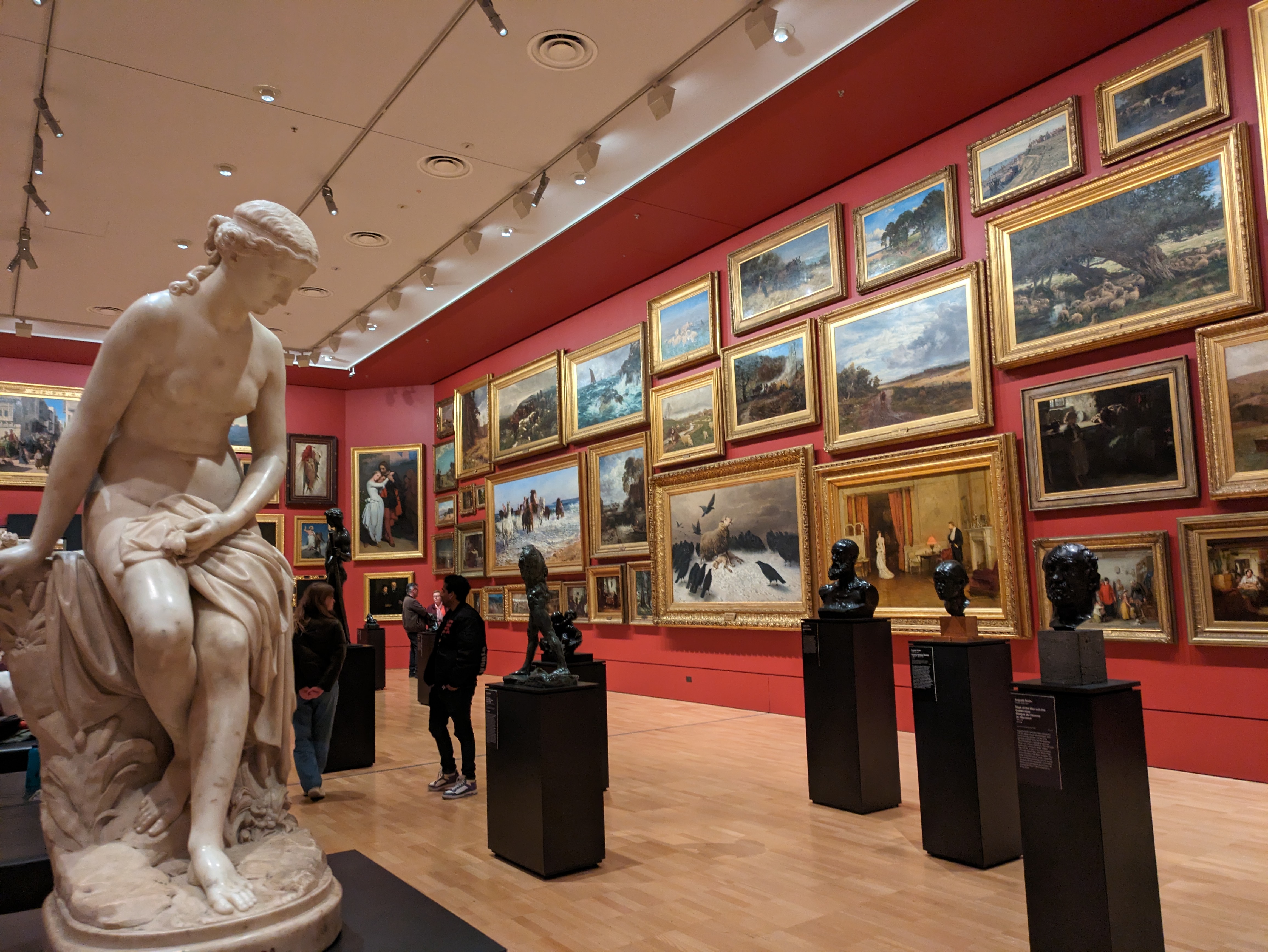
4. Neighborhood Delights
Each neighborhood in Melbourne possesses its own distinct character and charm, offering unique experiences. Wander through the bohemian streets of Fitzroy, known for its eclectic boutiques, vintage shops, and hipster cafes. Explore the trendy and multicultural suburb of St. Kilda, famed for its beachside attractions, bustling nightlife, and the iconic Luna Park. For a touch of elegance, visit the upscale suburb of Toorak, renowned for its leafy streets, luxury mansions, and high-end shopping precincts.
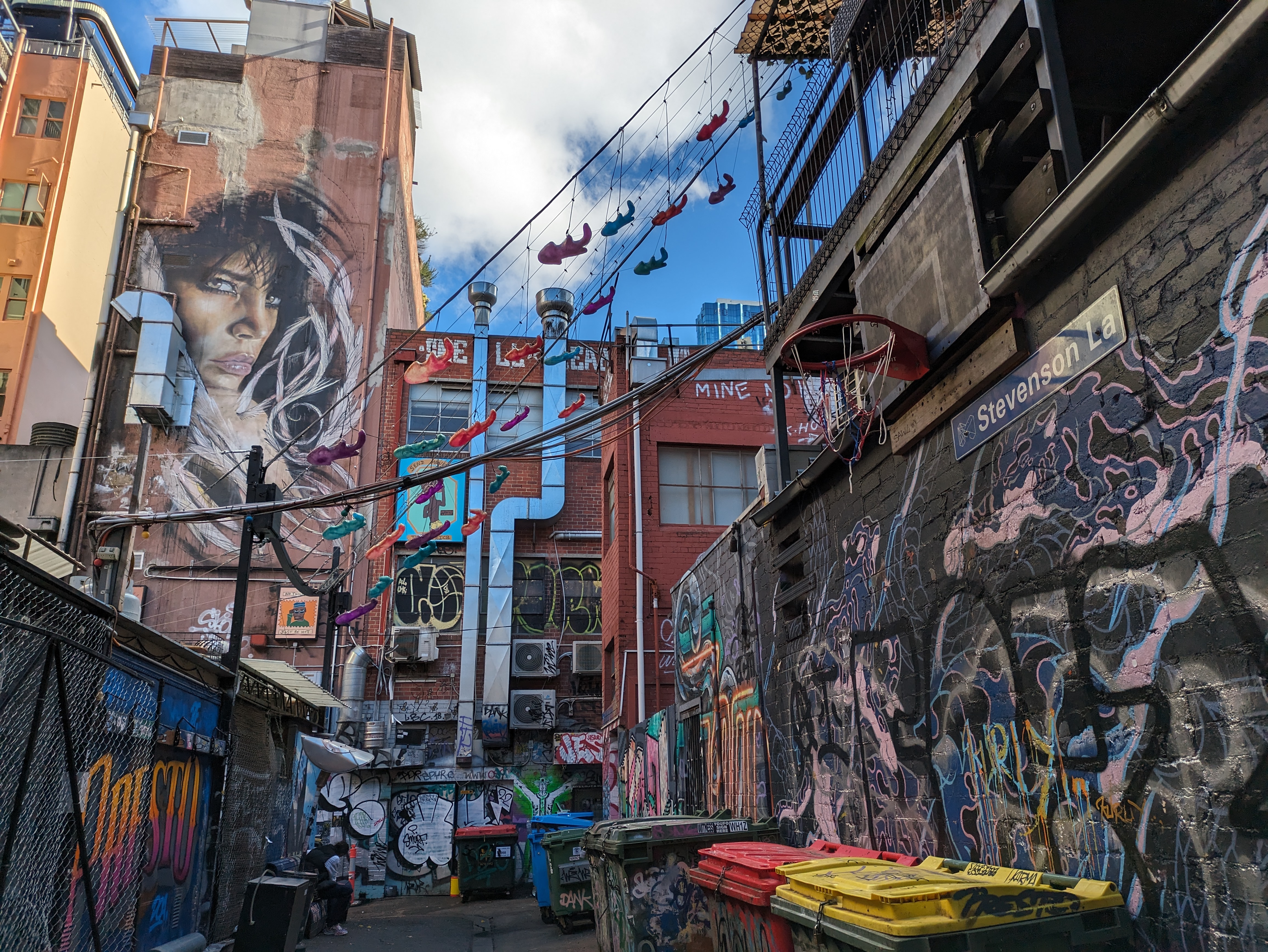
5. Nature Escapes
Escape the urban buzz and discover Melbourne's natural wonders. Just a short drive away, you'll find the enchanting Dandenong Ranges, a lush mountain range offering breathtaking vistas, quaint villages, and picturesque gardens. Explore the famous Puffing Billy Railway, an iconic steam train that meanders through the scenic landscape. For wildlife enthusiasts, a visit to Phillip Island is a must, where you can witness the famous Penguin Parade, as little penguins return from the sea to their burrows each evening.
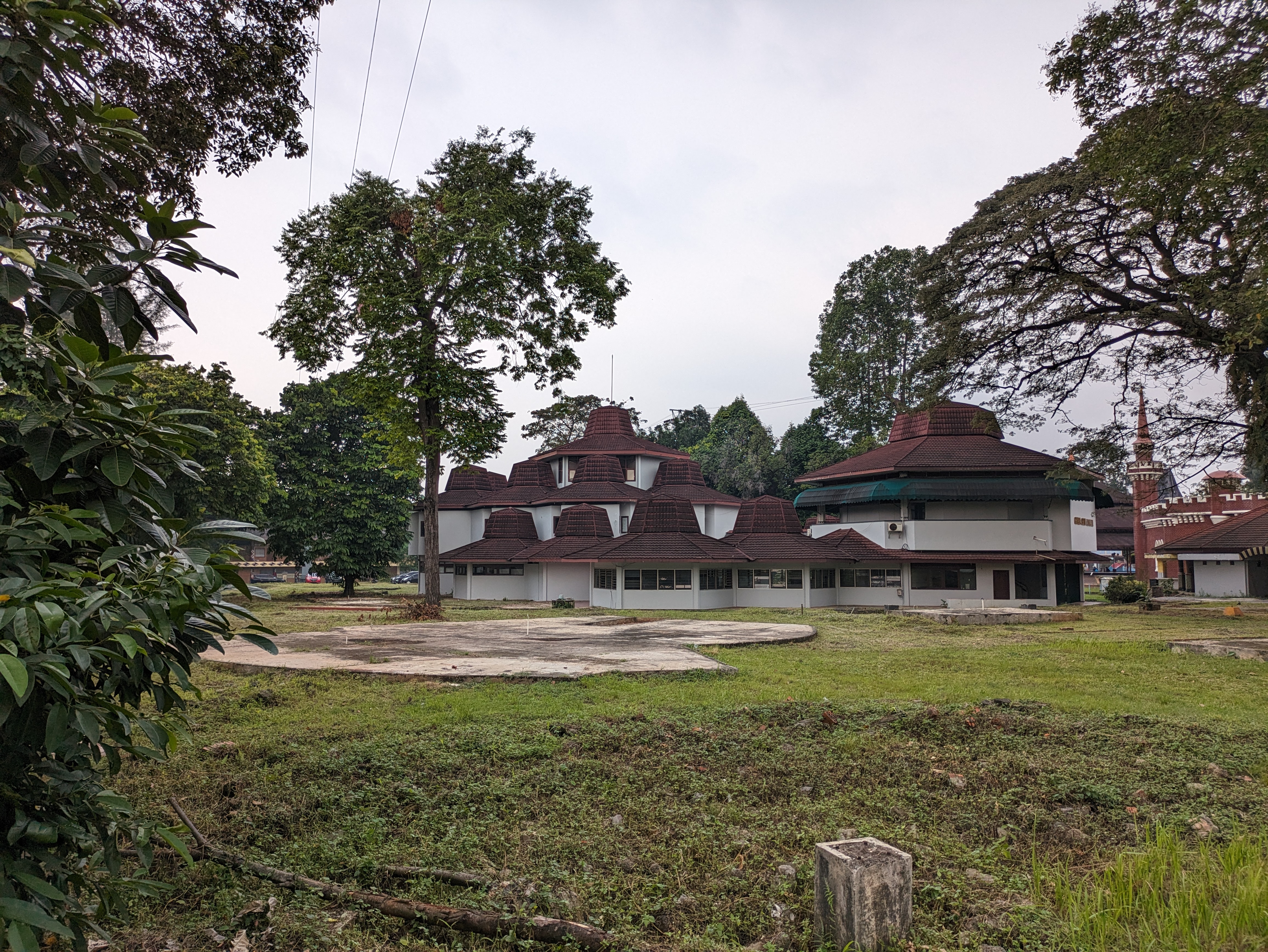
Conclusion
Melbourne is a city that captivates the senses, offering an array of experiences for every traveler. From its vibrant street art to its diverse culinary scene, iconic landmarks, and thriving arts and culture, this Australian gem never fails to impress. Immerse yourself in Melbourne's rich tapestry of history and culture, and you'll leave with cherished memories and a deep appreciation for this remarkable city. So pack your bags, put on your walking shoes, and get ready to embark on an unforgettable adventure through the captivating streets of Melbourne.
